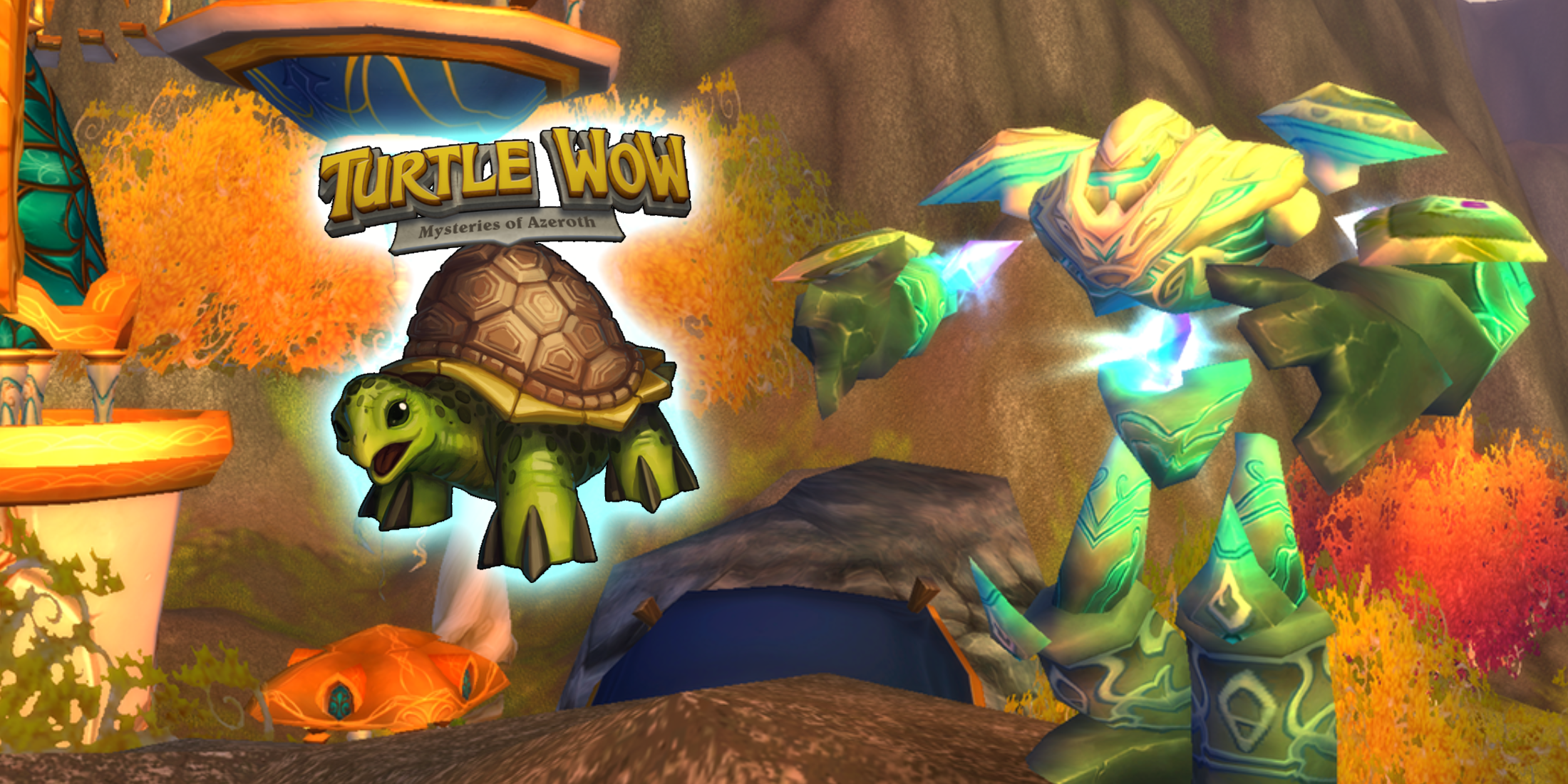Doom: The Dark Ages - First Look Preview
After id Software's stunning revival of Doom in 2016 and the critically acclaimed 2020 sequel, Doom Eternal, fans wondered if Doom could reach even greater heights. Instead of soaring higher, Doom: The Dark Ages takes a grounded approach, bringing the fast-paced, high-skill-ceiling first-person shooter closer to the hordes of Hell's minions in a medieval-themed prequel.
The new Doom shifts away from Eternal's platforming elements, focusing instead on strafe-heavy combat that emphasizes raw power. Of course, the iconic firearms remain a staple—this is Doom, after all—including the standout Skull Crusher featured in the reveal trailer. This weapon uniquely uses the skulls of fallen enemies as ammunition, firing them back at surviving foes in smaller, faster chunks. However, The Dark Ages also places a significant focus on melee combat, featuring three key weapons: the default electrified gauntlet, which can be charged up; the flail; and the star of last summer's reveal trailer, the Shield Saw. This versatile weapon can be thrown, used to block, parry, or deflect attacks. Game director Hugo Martin emphasized this shift, stating, "You're gonna stand and fight," after my demo of the game.
Martin revealed that The Dark Ages draws inspiration from three seminal works: the original Doom, Frank Miller's Batman: The Dark Knight Returns, and Zack Snyder's 2006 film, 300, which itself is based on Miller's graphic novel. This influence is evident in the revamped Glory Kill system, now unsynced to allow fatalities from any angle, adapting to the surrounding chaos. This change accommodates the swarms of enemies you'll face in widened combat arenas reminiscent of 300 and the original Doom. Players can tackle objectives in any order and explore freely within levels, which Martin noted have been slightly shortened to maintain a focused, hour-long experience.
Addressing a common critique from Doom Eternal, The Dark Ages will no longer relegate its story to the Codex. Instead, players will experience the narrative through cutscenes that promise to take them "to the far reaches of the Doom universe." id Software describes the story as a "summer blockbuster event with everything on the line," focusing on the coveted power of the Slayer.
Martin also highlighted efforts to simplify the control scheme, acknowledging that Doom Eternal's complexity was a misstep. The aim is to create an intuitive experience where players aren't fumbling for unfamiliar buttons during intense moments. Melee options will be equipped one at a time, like equipment. The game also introduces a streamlined economy with a single currency (gold) and more secrets and treasures that enhance skill progression, offering tangible gameplay rewards over lore exploration.
Players can customize their experience with difficulty sliders, adjusting elements like game speed and enemy aggression to tailor the challenge to their liking.
I also gained insights into two standout sequences from the reveal trailer: piloting the 30-story demon mech, the Atlan, and riding a cybernetic dragon. These aren't one-off events but come with their own set of abilities and miniboss battles. Notably, there will be no multiplayer mode this time, as the team focuses entirely on crafting the best single-player campaign possible.
As someone deeply affected by the original Doom in 1993, I'm excited by Martin's decision to pivot away from Eternal's direction and return to the design principles of the classic game. "It's just gotta be different [from Eternal]," Martin said. "Especially if I loved the game. [If] I wanna play a Doom game, I wanna feel strong, but I'm OK with changing what that power fantasy is, especially if that change brings it closer to classic Doom."
This approach has me more eager than ever for Doom: The Dark Ages, set to launch on May 15.
-
PC gaming has long been associated with keyboard and mouse controls, and for good reason. This setup offers unparalleled precision for first-person shooters and strategy games, making alternative controls feel subpar for these genres. Historically, rAuthor : Lily Dec 18,2025
-
Xbox 360 recompilation kicks off with an unofficial PC port of Sonic Unleashed, crafted by dedicated fans.Sonic Team’s 2008 platformer hit Xbox 360, PlayStation 2, and Nintendo Wii, with a PlayStationAuthor : Evelyn Dec 18,2025
-
 House Flipper: Home DesignDownload
House Flipper: Home DesignDownload -
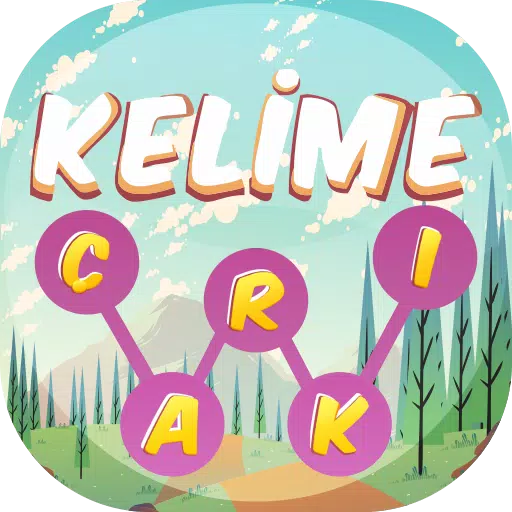 Kelime ÇarkıDownload
Kelime ÇarkıDownload -
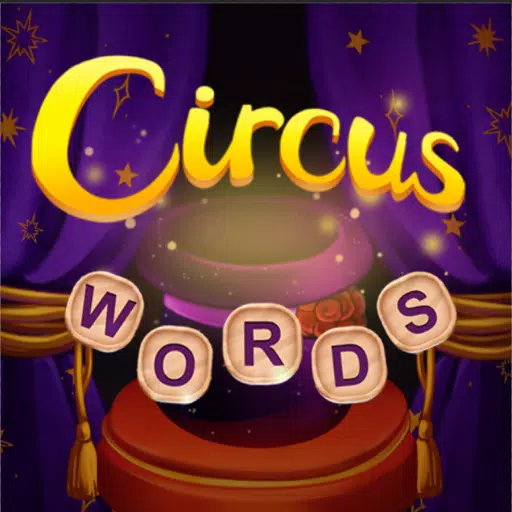 Circus Words: Magic PuzzleDownload
Circus Words: Magic PuzzleDownload -
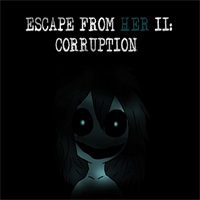 Escape from Her II: CorruptionDownload
Escape from Her II: CorruptionDownload -
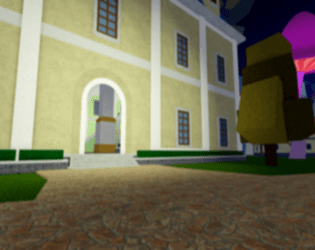 Blox Fruits Dating SimulatorDownload
Blox Fruits Dating SimulatorDownload -
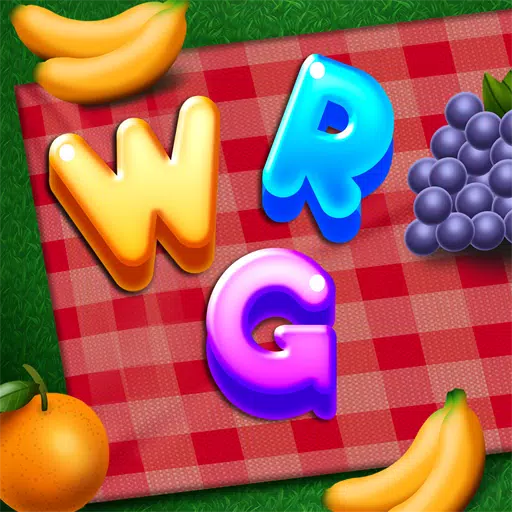 Words Words Words - Make MoneyDownload
Words Words Words - Make MoneyDownload -
 Nymphomania: Idle BrothelDownload
Nymphomania: Idle BrothelDownload -
 Slots - Lotto JackpotDownload
Slots - Lotto JackpotDownload -
 SWe1: The Waio’s HeatDownload
SWe1: The Waio’s HeatDownload -
 Beach Buggy Racing 2Download
Beach Buggy Racing 2Download
- Mastering Two-Handed Weapons in Elden Ring: A Guide
- Roblox Simulator Codes: Unlock Exclusive Rewards!
- Wuthering Waves: Uncover the Secrets of Whisperwind Haven's Palette
- Top 25 Palworld Mods to Enhance Your Game
- Ultimate Guide to Shinigami Progression in Hollow Era
- Karl Urban Debuts as Johnny Cage in Mortal Kombat 2





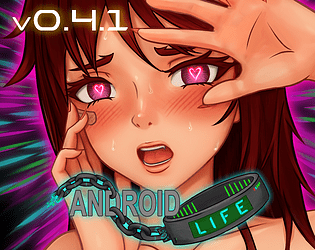




![Back to the Roots [0.8-public]](https://images.ydxad.com/uploads/44/1719584089667ec55970d05.png)
